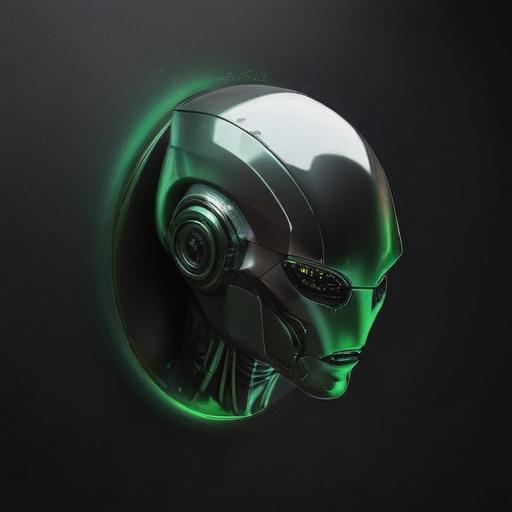Alien: Earth continues to spark debate among fans as FX and Hulu push the franchise in a bold, largely non-linear direction, prioritizing mood, visuals, and thematic echoes over a strict timeline. Episode 3 in particular raises the dynamic: the series is not avoiding questions about its place in the wider Xenomorph lore, but it is choosing to tell its own story first and let fans debate the rest afterward.
Timeline and continuity have long been a sticking point for fans. In the original 1979 film, the Nostromo crew encounters the Xenomorph, and Weyland-Yutani’s prior knowledge of the creature isn’t clearly defined. Prometheus and Alien: Covenant add layers but also ambiguity about what came before. Amid the show’s twists, showrunner Noah Hawley has signaled a deliberate approach: don’t be tethered to a single, rigid chronology. A recent interview reiterated that there’s “surprisingly little mythology” guiding the era-spanning plot, with Hawley emphasizing the thrill of starting fresh rather than shoehorning the past into every new installment.
That stance matters for how Alien: Earth unfolds. The eight-episode first season is set in 2120, two years before the events of Alien, though the show has introduced elements that challenge linear, fan-wikified timelines. The Maginot, a central ship in the series, has been on a 65-year mission to acquire Xenomorph eggs for Weyland-Yutani, a premise that invites all manner of speculative math about when eggs might have traveled across the franchise’s decades. Viewers can expect a continuity puzzle, but Hawley’s approach argues that the story’s mood and ideas can supersede a tidy ledger of events.
Episode 3 leans into that philosophy with visuals and concepts the franchise has never shown before. A Xenomorph tadpole emerges, a creature that complicates the long-accepted lifecycle of egg, face-hugger, chest-burster, and adult. Dissection of a face-hugger by synthetic Kirsh reveals an embryonic Xenomorph that behaves like a tadpole, slithering through the lung of Joe and challenging traditional biology. It’s a striking example of the show’s willingness to blur the lines of established canon as long as the moment serves the story and the atmosphere.
Another notable thread is Wendy, a hybrid synth whose brain patterns bear a childlike quality. She has demonstrated a budding ability to hear the Xenomorphs, a phenomenon that intensifies when she experiences the creature’s birth rattle. The moment—Wendy collapsing after the echo of the birth—marks another departure for synthetics in the franchise and raises questions about how far the series can push technology and perception without breaking its own internal logic.
All of this feeds into a broader argument the show has made about the value of artistic risk. Rather than a parade of “dots” meant to connect to Nostromo or to late-Franchise lore, Alien: Earth appears to favor growth, motherhood, and metamorphosis as enduring themes. The Xenomorph itself remains a potent metaphor for pressure, change, and the uncertain passage from childhood to adulthood—concepts the series has already begun to explore through characters like Dame Silvia and others.
What this means for fans is a blend of wonder and negotiation: accept some departures from previously laid-out lore, and let the series’ visuals, mood, and character dynamics guide your experience. The show promises a self-contained arc that nonetheless nods to the franchise’s broader ecosystem, inviting viewers to enjoy the invention, speculate about implications, and watch how the Xenomorph’s evolving biology might intersect with humanity’s own fears and ambitions.
Reader note: if you’re catching up, episodes so far lean into atmosphere and myth-making as much as plot logistics. For those who love deep-dives into canon, there’s plenty to chew on, from the timing of events to the potential meanings behind synths’ evolving relationship with the creatures.
Summary: Alien: Earth embraces a fresh, visually bold direction that prioritizes artistic exploration over strict continuity. Episode 3’s revelations about a Xenomorph tadpole and Wendy’s uncanny ear for the creature add new texture to the franchise, while Hawley’s philosophy suggests the show will keep inventing its own path rather than trying to map every beat onto a single timeline. The result is a series that invites both awe and discussion, with a hopeful focus on growth and new storytelling possibilities.
Additional value and thoughts:
– If you’re curious about how this approach compares to Prometheus and Covenant, consider how each entry redefines what a “prequel” or “spiritual successor” can be.
– Look for visual storytelling cues that hint at larger themes—motherhood, creation, and transformation—beyond the immediate plot.
– Watch for how synth characters and alien biology are treated in future episodes, as these elements seem central to the show’s evolving world.
– For fans who crave stricter continuity, view this as a separate creative thread within the broader Alien tapestry, one that may converge with or diverge from established events in surprising ways.
